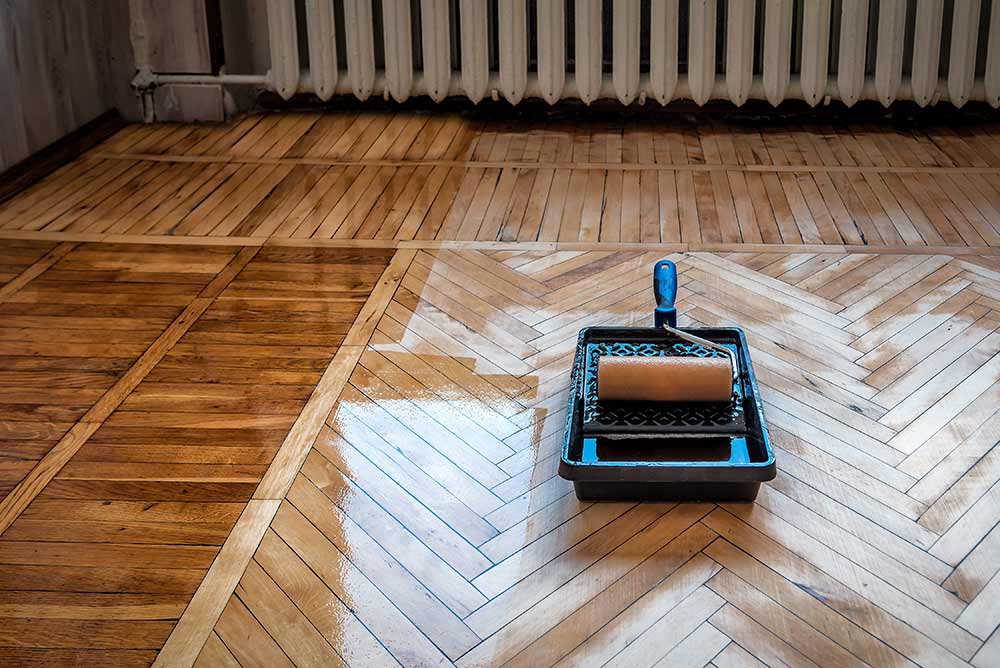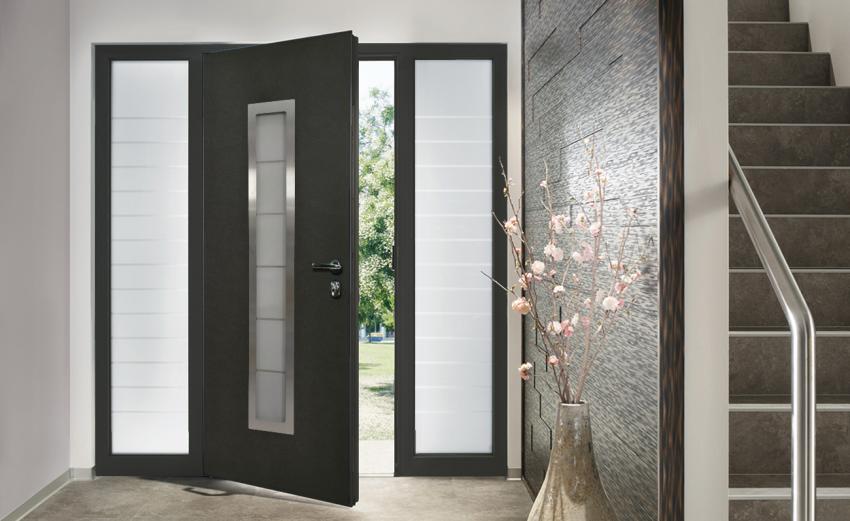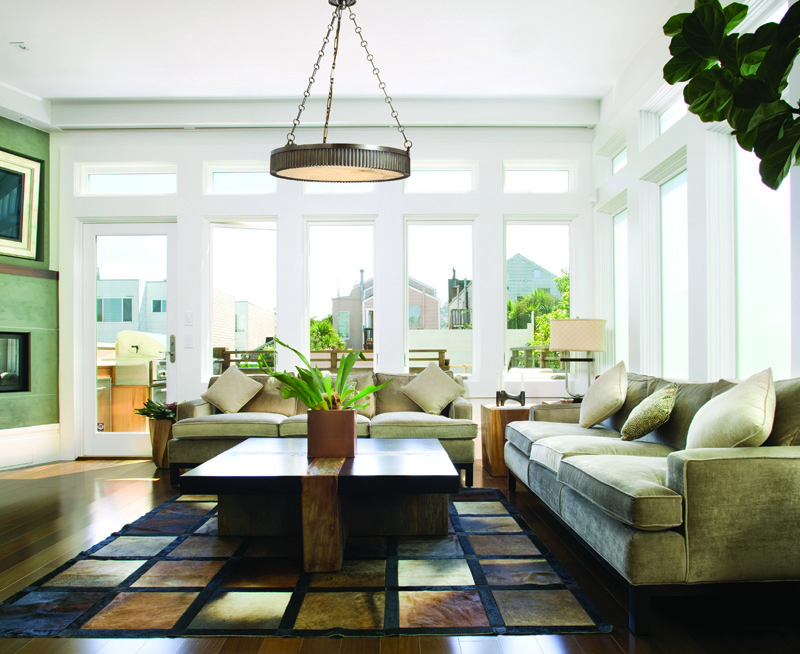Best finishing products for interior design projects: When it comes to interior design, it’s often the finishing touches that transform a house into a home. The right finishes not only enhance the aesthetic appeal of a space but also add layers of functionality and durability. Whether you’re refreshing a room or embarking on a full redesign, choosing the best finishing products can make a significant difference in the overall outcome. In this article, we’ll explore the top finishing products for various areas of interior design and how they can elevate your space.
1. Understanding the Role of Finishing Products in Interior Design
What Are Finishing Products?
Finishing products encompass a wide range of materials and coatings used to complete and enhance a design project. These include paints, stains, varnishes, and sealants, which are applied to surfaces like walls, floors, woodwork, and furniture. They can change the texture, color, and sheen of surfaces, contributing to the final look of a room.
How Finishes Impact Design
The right finish does more than just add color. Finishing products:
- Enhance Aesthetic Appeal: From glossy finishes to matte surfaces, finishes affect the light reflection and mood of a space.
- Improve Durability: Finishes like sealants and varnishes protect surfaces from wear, moisture, and stains, ensuring that your design lasts longer.
- Provide Practicality: Easy-to-clean finishes and moisture-resistant coatings help maintain a space’s functionality, especially in high-traffic or high-humidity areas.
2. Top Finishing Products for Walls
Paints
Paint is perhaps the most common and versatile finishing product for walls. It can set the tone for an entire room. Today, there are several finishes to choose from, each offering different effects:
- Matte – Ideal for hiding imperfections, matte paint offers a smooth, sophisticated look without shine.
- Eggshell and Satin – Slightly reflective, these finishes are perfect for areas that require a balance of durability and aesthetic appeal.
- Semi-gloss and Gloss – Best for high-traffic areas, these finishes are more reflective and are easier to clean.
Brands like Benjamin Moore, Sherwin-Williams, and Behr offer high-quality paints that resist fading and ensure long-lasting color.
Wallpaper
Wallpaper is making a comeback in modern interior design, offering a range of textures and patterns that paint simply can’t achieve. There are several types of wallpaper finishes:
- Textured Wallpaper – Adds dimension to walls, creating depth and interest.
- Metallic and Glossy Finishes – Perfect for modern spaces, metallic wallpapers create an upscale, reflective finish.
- Peel-and-Stick Wallpaper – A great option for DIY enthusiasts, it provides a quick and clean application with no mess.
Wall Panels and Cladding
For an elevated look, consider wall panels made of wood, metal, or fabric. These finishes add both visual interest and texture. Wood paneling can bring warmth to a space, while metal or glass panels add a sleek, industrial feel.
3. Best Finishing Products for Flooring

Hardwood Finishes
Hardwood floors are a classic choice for many interior spaces, but the right finish is key to preserving their beauty. The three most popular finishes for hardwood are:
- Polyurethane (Oil-Based and Water-Based): Offers durability and an attractive shine.
- Natural Oils and Waxes: Provide a matte finish that highlights the wood’s natural grain.
- Hardwax Oils: Combine the benefits of both oils and waxes, providing excellent protection without compromising on appearance.
Vinyl and Laminate Flooring
Vinyl and laminate floors are budget-friendly alternatives that can mimic the look of hardwood or stone. The finishes on these floors are typically glossy or satin and offer ease of maintenance. Some luxury vinyl tiles (LVT) now come with enhanced textures that resemble real wood or stone surfaces.
Stone and Tile Finishes
Natural stone floors such as marble or granite require sealants to maintain their durability. Polished finishes provide a shiny, luxurious look, while honed or matte finishes give a more subdued, contemporary vibe.
Concrete Finishes
Concrete flooring, especially in industrial or modern designs, can be finished with a polished or matte coating. Epoxy coatings, in particular, are highly durable and resistant to wear, making them ideal for high-traffic areas.
4. Best Finishing Products for Woodwork and Trim
Wood Stains and Varnishes
Woodwork, from cabinets to baseboards, can benefit greatly from the right finishes. Stains can deepen the natural color of the wood and enhance its grain, while varnishes provide a glossy, protective layer. Some of the most popular types of wood finishes include:
- Oil-Based Stains: These offer rich, deep colors and are ideal for woods like oak and cherry.
- Water-Based Finishes: More eco-friendly and with quicker drying times, these are ideal for lighter woods like pine.
- Polyurethane Varnishes: Provide an extra layer of protection against scratches and stains, making them ideal for high-use areas.
Wax and Oil Finishes
For a more natural look, consider using wax or oil finishes. These products penetrate the wood, offering a subtle sheen and maintaining the wood’s natural texture. They’re often used for fine furniture and smaller wood accents.
5. Best Finishing Products for Cabinets and Furniture
Cabinet Paints and Lacquers
Painted cabinetry remains a popular choice for kitchens and bathrooms. To ensure a durable and smooth finish, opt for paints specifically designed for cabinetry, such as enamel paints or lacquer finishes. These coatings provide both aesthetic appeal and resistance to moisture and daily wear.
Furniture Finishing Techniques
When finishing furniture, stains and glazes are popular choices for achieving a vintage or antiqued look. Clear topcoats, like polyurethane, help seal the finish and add protection against scratches. For a more rustic vibe, distressed finishes and faux antiquing techniques can give new furniture an aged, timeless appeal.
6. Best Finishing Products for Doors and Windows

Door Finishes
Doors, especially wooden ones, benefit from protective finishes like varnishes or stains. High-traffic areas like the front door may require oil-based paints or polyurethane to withstand the elements. For interior doors, you might opt for a matte or satin finish to complement your overall design.
Window Treatments & Finishes
Window frames and treatments (blinds, shutters, or drapes) also benefit from the right finishes. Whether you choose wooden window shutters with a rich stain or sleek, metal window frames with a brushed nickel finish, the key is ensuring that the finish complements the room’s overall style.
7. Best Finishing Products for Lighting Fixtures and Hardware

Lighting Finishes
Lighting fixtures can play a huge role in a room’s ambiance, and the finish of the fixture contributes to that. Popular finishes for light fixtures include:
- Brushed Nickel and Chrome: Ideal for modern, industrial, or contemporary spaces.
- Matte Black or Gold: Great for creating a statement piece or adding warmth to a room.
Hardware Finishes
Door handles, cabinet knobs, faucets, and other hardware pieces are also essential finishing products. Popular finishes include:
- Brushed Nickel and Stainless Steel: Sleek and contemporary, these finishes work well in most spaces.
- Antique Brass and Copper: Perfect for traditional or vintage-style designs.
- Matte Black: Adds a modern and minimalistic touch to kitchens and bathrooms.
8. Sustainable Finishing Products
Eco-Friendly Paints and Stains
Sustainable living is becoming increasingly important in interior design. Many brands now offer low-VOC (volatile organic compounds) or zero-VOC paints that are better for the environment and your health. Natural paints made from plant-based oils and mineral pigments are another great option.
Recycled Materials for Finishes
Reclaimed wood, recycled glass tiles, and other sustainable materials are gaining popularity in interior design. These products not only offer a unique look but also reduce environmental impact by reusing materials that would otherwise go to waste.
9. Tips for Selecting the Right Finishing Product
When selecting the right finishing products for your interior design project, consider the following:
- Match finishes with design style: Whether your home is modern, rustic, or traditional, make sure your finishes complement your overall design vision.
- Consider durability: Some finishes, like those used on flooring or in kitchens, need to be durable and easy to clean.
- Test before you commit: Always sample a small area with your chosen finish to see how it reacts with the lighting and surrounding elements in your space.
Conclusion
Choosing the right finishing products is crucial to achieving a polished and functional design. From wall paints and floor finishes to the perfect trim and cabinetry treatments, these finishing touches play a major role in shaping the overall look and feel of a room. By understanding the various options available and selecting products that fit your style and needs, you can ensure your interior design project is both beautiful and long-lasting.
Call to Action
Ready to start your next interior design project? Explore a wide range of finishes at your local suppliers or online retailers, and experiment with different textures, colors, and techniques to create a space that reflects your personality and style. Don’t forget to test products before making your final choice, and enjoy the process of transforming your space with the perfect finishing touches!
Tips for Choosing and Using Finishing Products
- Test Finishes Before Committing
- Always try out a small sample in the actual space before committing to a finish. Colors and textures can look different in various lighting conditions, so testing ensures the final result aligns with your expectations.
- Consider Durability for High-Traffic Areas
- For rooms with high foot traffic (like hallways or kitchens), choose finishes that are durable and easy to maintain. Look for scratch-resistant finishes for floors and scuff-resistant paints for walls. Polyurethane varnishes and high-gloss paints are excellent choices.
- Think About Maintenance
- Some finishes require more upkeep than others. Matte or satin paints may show dirt more easily than semi-gloss or glossy options, while natural wood finishes might need periodic reapplication of oil or wax to maintain their appearance.
- Coordinate Finishes with Your Overall Design
- The finish should complement your room’s style. For example, if you’re designing a modern, minimalist space, matte black finishes or brushed metals will complement the clean lines. For a more rustic or vintage design, consider distressed wood stains, brass hardware, or antique finishes.
- Balance Texture and Shine
- Play with different textures and sheens to add depth to a room. Mix matte and glossy finishes, or combine smooth surfaces with textured wall panels or fabric wallpapers to create a multi-dimensional look.
- Prioritize Eco-Friendly Finishes
- If sustainability is important to you, choose low-VOC or zero-VOC paints, stains, and finishes. Natural oils and waxes for woodwork are often non-toxic and offer a more sustainable option than synthetic finishes.
- Follow Application Guidelines
- For the best results, always follow the manufacturer’s instructions on application and drying times. Improper application can lead to streaks, uneven finishes, or a less durable result.
- Pay Attention to Lighting
- Finishes look different in natural light versus artificial lighting. Glossy finishes can reflect more light and may appear brighter, while matte finishes absorb light and can make a space feel cozier. Choose the finish based on the lighting in your room.
FAQs About Best finishing products for interior design projects
1. What is the best paint finish for living room walls?
- Eggshell or Satin finishes are ideal for living room walls as they offer a soft sheen, are easy to clean, and are durable enough for moderate traffic. If you’re aiming for a more contemporary or luxurious feel, a semi-gloss finish can add extra shine and richness.
2. How do I choose the right wood finish for my furniture?
- For a natural look, opt for clear varnishes or oils that enhance the wood grain without altering its appearance. If you’re aiming for a darker tone, wood stains are great for deepening the wood’s natural color. For durability, follow up with a polyurethane or lacquer finish for added protection.
3. Should I use glossy or matte finishes for my bathroom walls and trim?
- In bathrooms, semi-gloss or satin finishes are recommended for walls and trim because they provide moisture resistance and are easier to clean. Matte finishes can absorb moisture and may not hold up well in damp environments.
4. What’s the difference between oil-based and water-based finishes?
- Oil-based finishes provide a rich, glossy finish and are more durable but tend to take longer to dry and have a stronger odor. Water-based finishes dry faster, are less toxic, and are easier to clean, but may not provide as glossy or durable a finish as oil-based options.
5. How do I maintain a hardwood floor finish?
- To maintain the finish on hardwood floors, regularly sweep or vacuum to remove dirt and debris, which can scratch the surface. For floors with polyurethane finishes, consider applying a fresh coat every few years. Oiled floors may require more frequent reapplication of oil or wax.
6. Can I use peel-and-stick wallpaper for my entire room?
- Yes, peel-and-stick wallpaper is a versatile and easy-to-apply option for covering entire walls. However, it’s not as durable as traditional wallpaper, so it may not be ideal for high-moisture or high-traffic areas. It works best in bedrooms, living rooms, or accent walls.
7. What is the best finish for kitchen cabinets?
- Gloss or semi-gloss finishes work best for kitchen cabinets as they are easy to wipe clean and resistant to grease and water. Use an enamel paint or lacquer for an especially hard, durable surface that can withstand daily wear and tear.
8. How do I choose the best finish for my bathroom vanity?
- For bathroom vanities, a moisture-resistant finish like lacquer or polyurethane is essential to protect the wood from humidity and water splashes. A satin or semi-gloss finish is ideal, as it provides durability while being easy to maintain.
9. How do I get a distressed or vintage look on furniture?
- To achieve a distressed or vintage look, apply a dark stain or glaze to your furniture after painting. Once dry, use sandpaper to lightly distress the edges or areas that would naturally wear. You can also use a crackle finish for a more antique appearance.
10. Can I use wax over polyurethane finishes?
- Yes, you can apply wax over polyurethane finishes, especially on furniture. The wax provides a soft, matte sheen and offers additional protection. Just be sure the polyurethane is fully cured before applying the wax to ensure it bonds properly.
